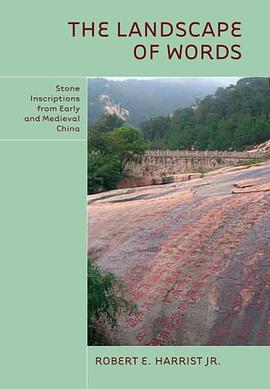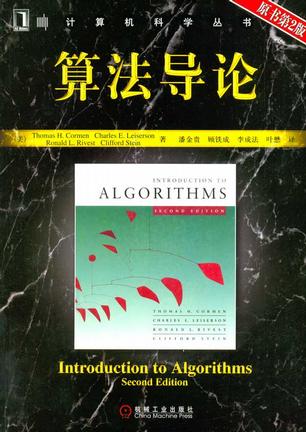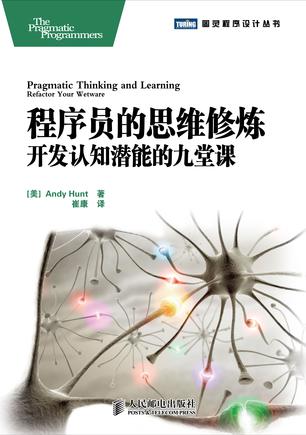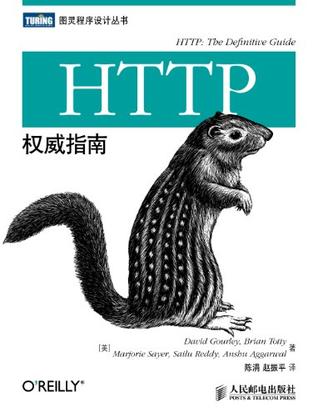The Landscape of Words
内容简介
This is the first study in a Western language devoted to one of the most visually distinctive features of the landscape in China--moya or moya shike, texts carved into granite boulders and cliffs that are part of the natural terrain at thousands of sites of historic or scenic interest. These inscriptions, carved in large, bold characters, served as a vast repository of texts produced continuously for over two thousand years and constitue an important form of public art. Focusing on the period prior to the eighth century C.E., Harrist demonstrates that the significance of the inscriptions depends on the interaction of words with topography, so that the medium of the written work has transformed geological formations into landscapes of ideological and religious significance.
......(更多)
作者简介
韓文彬 Robert E. Harrist Jr. 普林斯頓大學博士。現任教於哥倫比亞大學藝術史系。主要研究早期中國書法史,中國書畫的複製現象等。
......(更多)
目录
Acknowledgments
Note to the Reader
Chronology of Chinese Dynasties
Introduction: Writing on the Bones of the Earth
Chapter One. Public Works and Public Writing at the Stone Gate
Chapter Two. Roaming with Immortals on Cloud Peak Mountain
Chapter Three. The Virtual Stele on Mount Tie and the Merits of Scale
Chapter Four. Imperial Writing and the Ascent of Mount Tai
Chapter Five. Postscript
Chinese Texts
Abbreviations
Notes
Glossary of Chinese Characters
Bibliography
Index
......(更多)
读书文摘
[Moya Inscriptions] are not only texts but also destinations that require what might be termed peripatetic reading, achieved only by moving through place.
......(更多)






